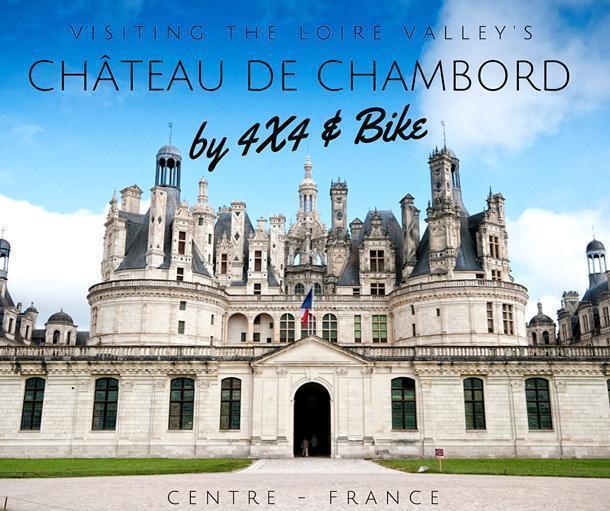
The Château de Chambord is arguably one of France’s most recognizable castles. Built in the 16th century in a Renaissance style, this immense, white stone hunting lodge has over 440 rooms, 282 fireplaces, and 84 staircases. Sitting on 5440 hectares of property and surrounded by woods, Chateau de Chambord is the largest castle in the Loire Valley. By all measures, this castle is a beast.
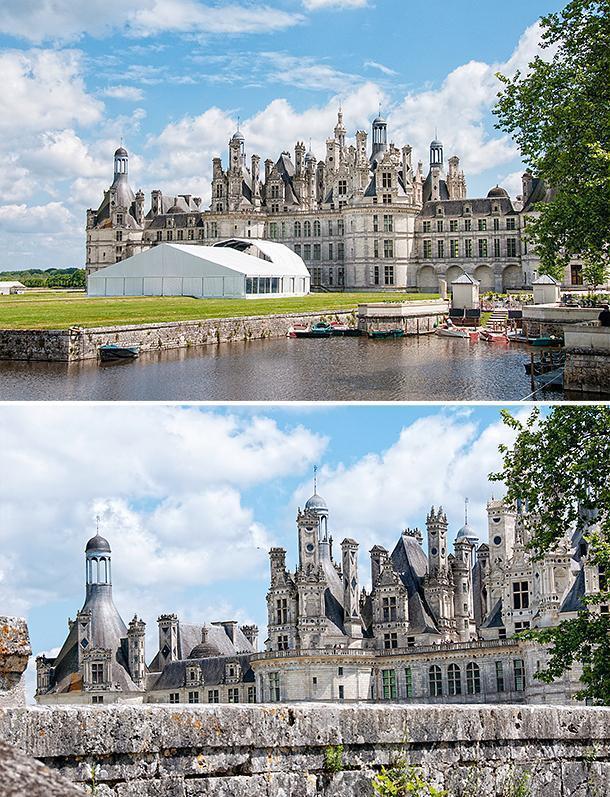
The giant Chateau de Chambord is one of the Loire Valley’s most impressive castles
Despite its size, the castle was more form than function. Francis I built the castle as a hunting lodge, showcasing his power and wealth. As the castle was never intended to be used in defence, the walls and turrets are mainly decorative. Structurally, Chateau de Chambord consists of a large rectangular wall and a four-story keep built into the middle of one wall. Corridors form a cross, on each floor of the keep, and rooms are built into each corner.
The roof line of the castle is particularly fascinating because it lacks symmetry. From a distance, it almost looks like a skyline behind the ramparts of a small fortified town. Walking around the roof of the keep, you are able to see more of the sculpted details, while also gaining a terrific view of the estate and surrounding woodlands.

The view from Chambord’s roof is impressive; both the view and the architecture itself.
Also, keep your eyes open for Francis I’s emblem, the salamander. Numerous examples of it are hiding on the roof and throughout the castle.

Details pointing to Francis I are everywhere throughout Chambord
The most spectacular part of the castle is, without a doubt, the double helix staircase in the centre of the keep. Alleged to have been designed by Leonardo Davinci, the staircase is monumental, matching the scale of the building itself. The wide staircases twine their way up into the keep’s upper floors. Easily wide enough for 5 people to ascend or descend at the same time, you can imagine the elegance of royalty sweeping down the stairs, dogs in pursuit.
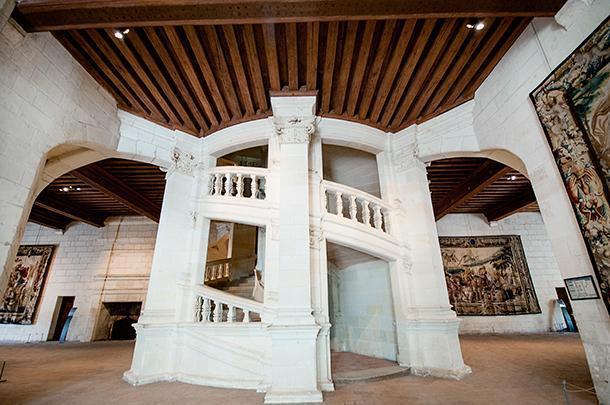
Chambord’s double helix staircase is impressive, indeed
If you like antiques, the period furnishings, decorating the chateau today, are magnificent. Originally built for short stays, the castle was unfurnished, the King’s retinue carrying all the necessary furniture (and food) into the castle whenever the King decided to go hunting. However, starting with Louis XIV, in the 17th century, the castle began to be furnished. Unfortunately, a lot of those furnishings and wood panelling were lost during the revolution, when they were sold or burnt. Today the castle’s rooms have been redecorated to showcase furniture and styles from various periods of the castle’s history.

The rooms are furnished to reflect the opulence of the chateaux of the period.

Throughout the chateau are unique furniture and museum pieces like this early ‘all-terrain vehicle’ and stunning ceramic furnace.
Chateau de Chambord is immense and much of it is open to explore. On each floor, there is something to discover. I particularly liked seeing how the rooms were furnished and divided, including small chambers for servants. Each floor in the keep is probably 4 metres high or more, but in many rooms, the ceiling is half that height. Above the primary rooms, extra floors were created for storage, servant quarters, and other purposes. Built out of wood, these floors and rooms would have been added and changed many times over the years. It makes me wonder if there are a few secret passageways built in as well.
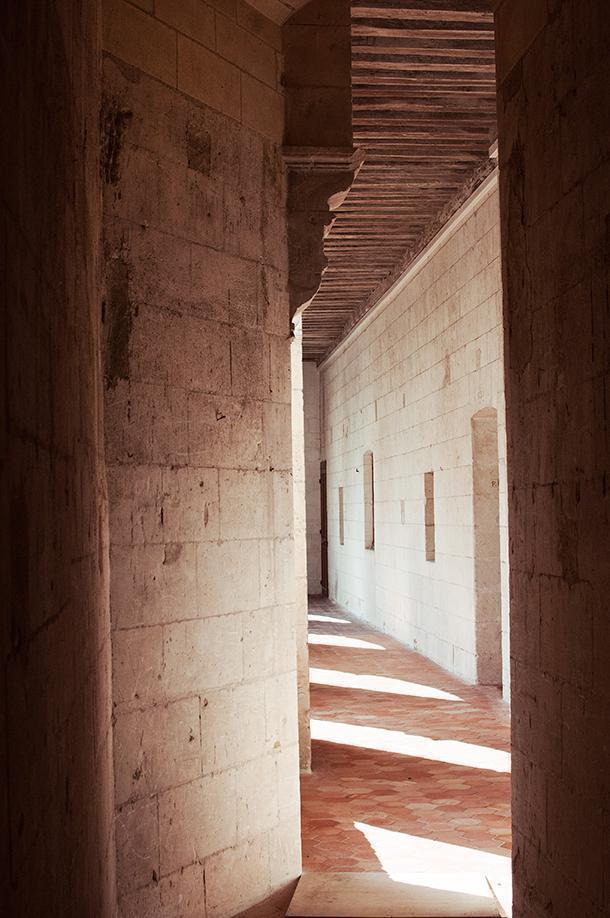
Around every one of Chambord’s corners is a new secret to discover.
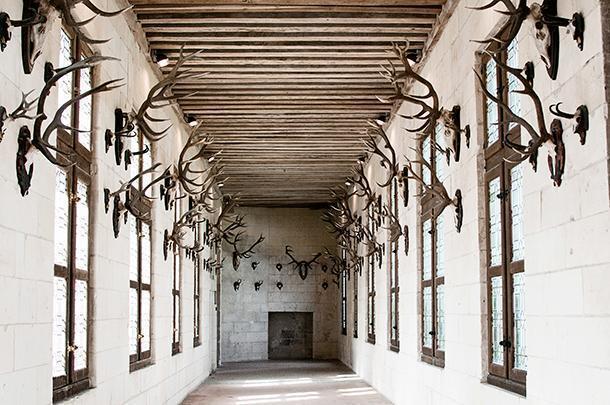
Make no mistake, though, Chambord has always served one main purpose.
The Chateau is, of course, the main attraction. However, surrounding the castle, a forest, the size of Paris, is an important part of the castle’s reason for being. As a hunting lodge, the castle grounds needed access to game. The state bought up land all around the castle, to provide a reserve for the King, and enclosed it in a 32km wall. To say it is vast is an understatement.
Today, the land around Chambord continues to be maintained as a natural reserve. It is not permitted to visit the forest without a guide because the forest is considered a ‘Special Area of Conservation’ and is therefore protected. However, it is possible to join small guided tours through the park. These tours take up to 8 people in a 4×4 Landrover and last 90 minutes.
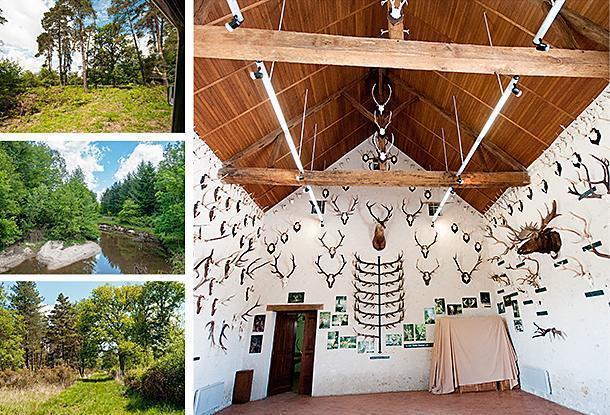
Touring the vast nature reserve by 4X4 is a fascinating way to discover Chambord.
On our tour, our guide was incredible at spotting wildlife. We saw deer, boars, and various types of birds. She told us about the reserve’s history and the type of work done to help maintain the health of the animal populations. It gave us a much better understanding of the role the estate has played and continues to play in wildlife management.
If you enjoy cycling, Chateau de Chambord is easily accessible from the Loire-a-Velo route and it is part of the Chateaux-à-Vélo circuit. With over 400km of marked cycle routes, the Chateaux-à-Vélo is a great way to explore the Loire Valley’s treasure trove of castles. The 21 bicycle-friendly itineraries explore the Loire Valley and are perfect for singles, couples or families.
There are a number of bicycle routes around Chambord, but itineraries 9, 10, and 11 are the most popular routes to, or near, the castle. Since most people begin their visit at Blois, itinerary 9 is the most logical choice, to visit Chambord. Once at Chambord, itinerary 10 takes a tour around the southern part of the castle’s estate, while itinerary 11 goes north towards the Loire. Regardless of which itinerary you pick, exploring the area by bicycle is certainly a more relaxed way to experience the beauty of the region.
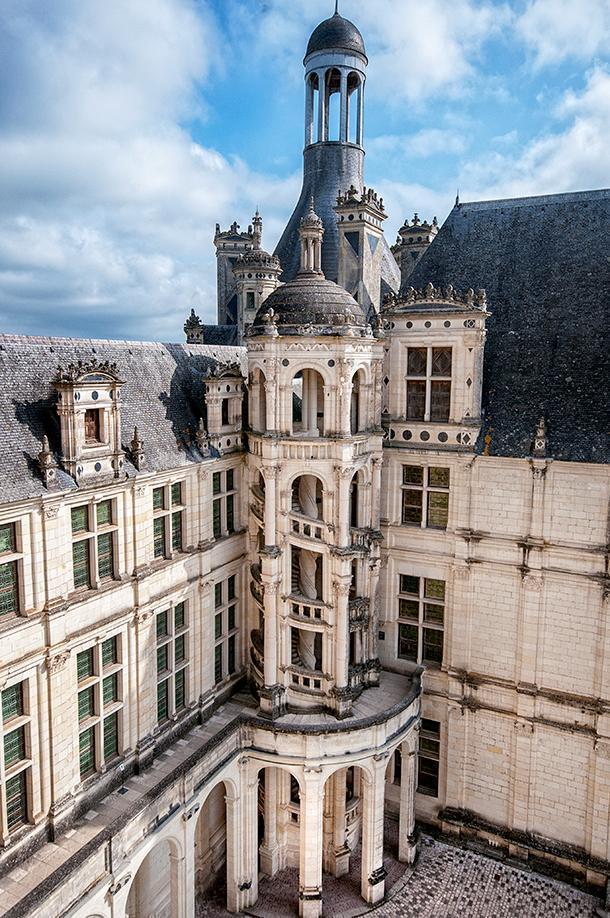
It’s easy to see why Chambord is one of France’s most popular chateaux.
A visit to Chambord is a wonderful way to spend a day. Over the years, we’ve visited a number of castles on the Loire, but Chambord was the most remarkable. It is no wonder this property is one of the most popular in France! The castle is spectacular and the forest tour is a great way to get a sense of the estate’s size and biodiversity. There is also a small market in the village out front where you can check out local products and maybe pick up a snack for a picnic.
What is your favourite castle on the Loire? Let us know in the comments below!
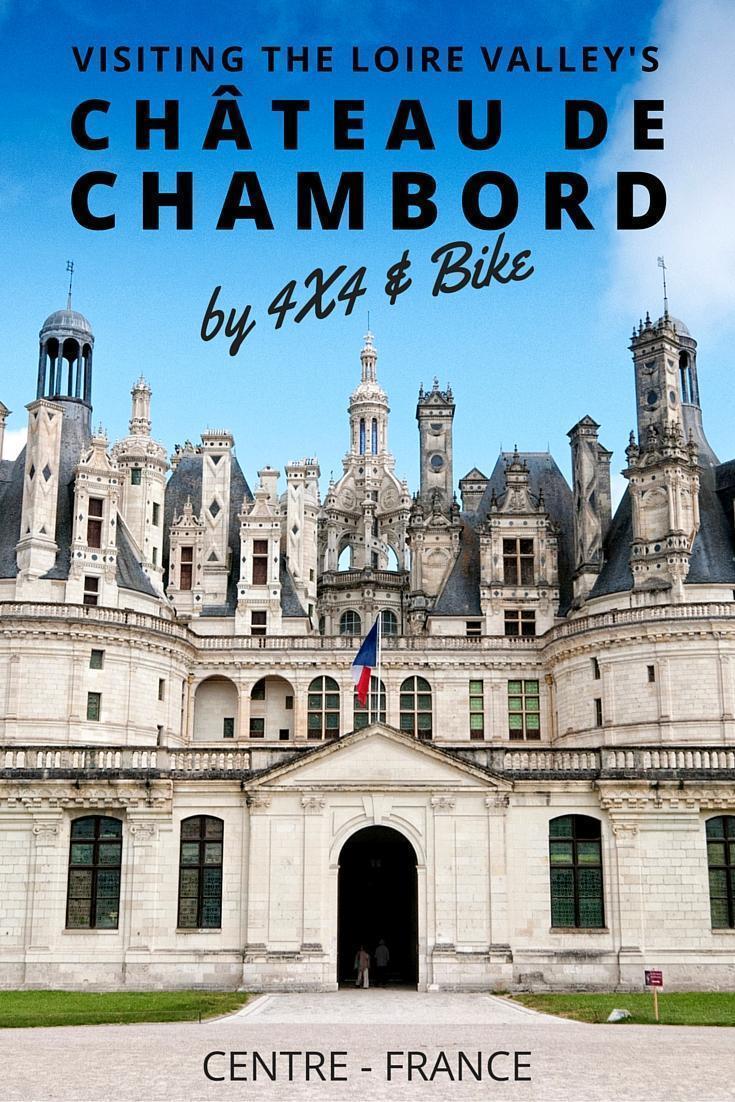
Like this article? Save it to Pinterest!
We’d like to thank the Région Centre-Val de Loire Tourism office for hosting us in the area. As always, all opinions are our own.
- Wise Review: How to Save Money on International Currency Transfers - January 20, 2017
- Our 50+ Best Belgium Gifts Online - November 29, 2016
- Review: Crowne Plaza – Le Palace Hotel and Restaurant, Brussels, Belgium - September 30, 2016
